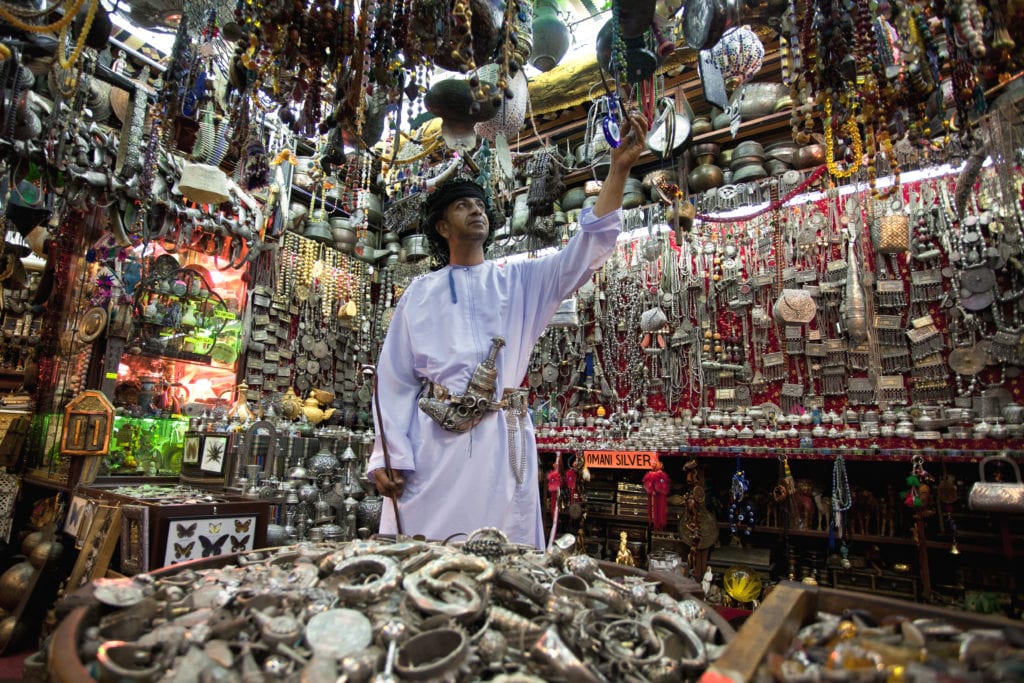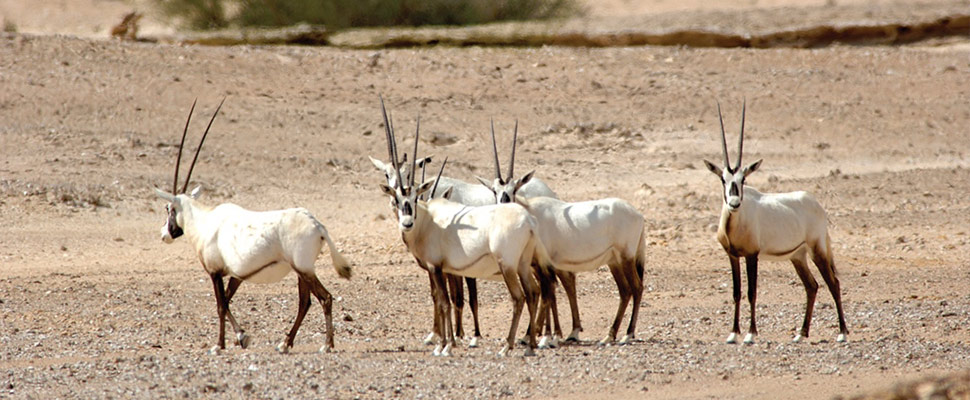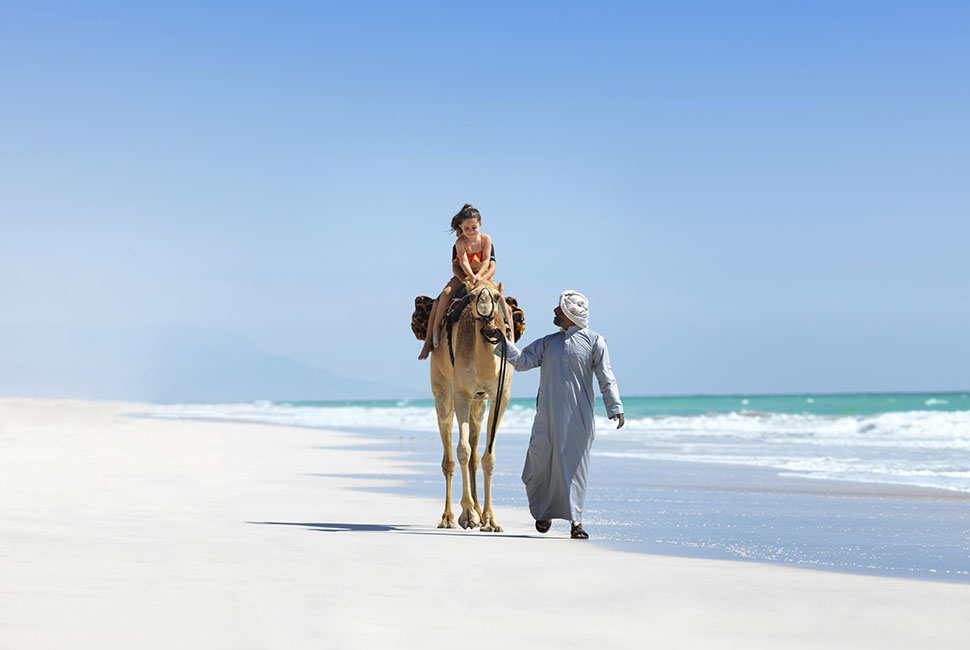Isolation Escapism – Oman
Beauty has an address
- 08th June 2020
Whilst we cannot physically transport you to our destinations themselves at present, we would like to offer you a little virtual escapism. We do hope that they will be a welcome distraction as we sit out these extraordinary times, and act as an inspiration for your next adventure.
In our twelfth Isolation Escape we invite you to take a journey through the breath-taking Sultanate of Oman. Boasting a beautiful and dramatic landscape, Oman delicately maintains its Arabian history and culture, gently welcoming the comforts of the 21st century while proudly remaining true to its traditions. From the bustling markets of Muscat to the striking Al-Hajar Mountains, the burnt golden Sharqiya Sands and the striking coastline lapped by the warm turquoise waters of the Gulf of Oman and the Arabian Sea, adventure and restoration call in equal measure.

Arriving in Muscat it would be rude not to explore the countries lush and low-rise capital. Originally three towns which over time have fused together, Muscat today remains an exhilarating city to explore with impressive royal palaces, chaotic souqs, traditional harbours and the mesmerising Sultan Qaboos Grand Mosque, the third largest mosque in the world, home to a spectacular Swarovski crystal chandelier and the world’s second largest handmade Persian carpet. To the east of the city, its shores meet the Gulf of Oman, warm waters tickling the sands of the capital’s coastline, inviting spectacular diving, turtle watching and dolphin safari’s.


Three hours west of Oman’s capital, the central Al Hajar Mountains summon adventurers and those curious to explore the cooler geological backbone of the country. Spectacular views over deep valleys stretch as far as the eye can see while the steep sided rock formations provide entertainment for climbers of all levels. With options to explore by foot and bicycle, the area is celebrated for its fruit orchards planted along terraces, as well as its sweet rose water produced by local villagers, the damask roses filling the air with their unmistakable fragrance during their blossom in March and April.


South of Oman’s mountains, the Sharqiya Sands is a vast region of desert stretching over an area of 12,500 square kilometers. Comprising endless mobile dunes, stretching from north to south, reaching up to 100m in height, the sands are home to roughly 3,000 Bedouins, preserving a traditional, nomadic way of life, congregating at Al Huyawah, an oasis near the border of the desert, between during the hot summer months to gather dates. Despite a barren appearance, the diverse terrain is home to no less than 16,000 invertebrates as well as 200 species of other wildlife, including avifauna and 150 species of native flora.


To complete our journey through Oman, the country’s coastline and turquoise sea summon with abundant appeal. The Musandam on the Strait of Hormuz, separated from the rest of Oman by United Arab Emirates, possesses dramatic hidden bays set against towering mountains, housing isolated communities and coastal villages can still only accessible by boat. More conveniently, Muscat’s beaches stretch north and south of the city, well served by world class hotels only a short distance from the airport. In more recent years however, it is Salalah which has caused a stir when comes to the country’s shorelines. A short flight from Muscat, the region’s white, powder soft sands stretch for miles, spilling into the warm Arabian Sea, richly rewarding it’s visitors for their extra efforts.


If you’d like to start planning a holiday to Oman while waiting for this storm to pass, please drop us a line and we’ll be delighted to send you further information on this richly traditional and openhearted country.
“[Oman]… it is as Arabia is meant to be discovered and explored, with a warm welcome and an honest and transparent exposure to a proud heritage.”






